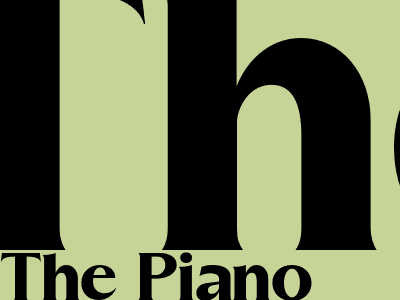
The Piano: A Timeless Instrument with a Unique and Enduring Appeal
A Musical Masterpiece with a Rich History
The piano, a beloved musical instrument for centuries, has captivated the hearts and minds of musicians and music lovers alike. Its distinctive sound and versatility have made it a staple in countless genres, from classical to jazz, pop, and rock. The piano's origins can be traced back to the 17th century, with its earliest forms being the clavichord and the harpsichord. Over time, it evolved and gained its modern form in the 18th century thanks to the innovative designs of Bartolomeo Cristofori.
The Mechanics of a Piano
The piano's unique sound is produced by hammers striking metal strings. When a key is pressed, a lever mechanism causes a hammer to hit the corresponding string, which then vibrates and creates sound. The pitch of the sound is determined by the length and tension of the string. The piano's vast range of sounds is achieved through its 88 keys, each producing a distinct note.
The Keyboard and Action
The piano's keyboard is divided into black and white keys, with the white keys representing the natural notes (C, D, E, F, G, A, B) and the black keys representing the sharps and flats. The keys are typically made of ivory or plastic, and they activate a complex mechanism called the action, which transmits the force of the key press to the hammers.
The Soundboard and Resonating Chamber
The soundboard is a large, thin piece of wood located inside the piano that vibrates when the strings are struck. This vibration amplifies the sound and gives the piano its characteristic resonance. The resonating chamber, also known as the soundbox, is the enclosed space within the piano that helps to project the sound outwards.
The Piano in Music
The piano has played a vital role in the development of Western music. It has been used as a solo instrument, as an accompaniment to singing, and as a member of ensembles of all sizes. Some of the most renowned composers, such as Beethoven, Mozart, and Chopin, have written extensively for the piano, creating masterpieces that continue to be performed and enjoyed today.
Versatility and Expressiveness
One of the piano's greatest strengths is its versatility. It can be used to create a wide range of musical styles, from delicate melodies to powerful chords. Its expressive capabilities allow musicians to convey a vast array of emotions and moods through their playing.
The Piano in Popular Culture
The piano's popularity extends beyond classical music. It has been featured in countless films, television shows, and popular songs. Its iconic status has made it a symbol of musicality and creativity, and it continues to inspire musicians and music lovers of all ages.
Conclusion
The piano is a truly remarkable instrument that has stood the test of time. Its unique sound, versatility, and expressive capabilities have captivated generations of musicians and music lovers. Whether it is used for solo performances, accompaniment, or as part of an ensemble, the piano continues to play a vital role in the world of music, leaving an enduring legacy that will continue to inspire for years to come.